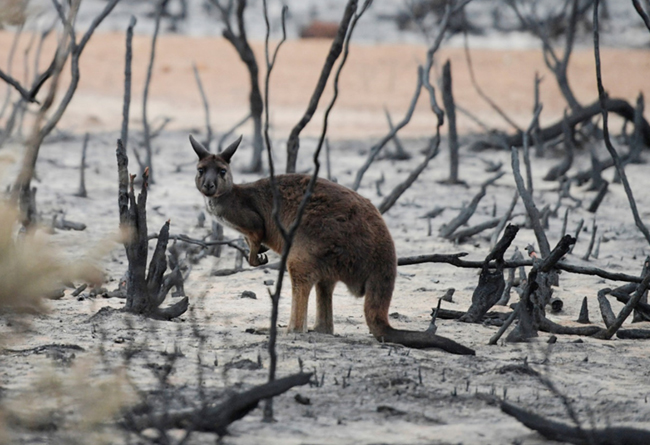Singapore, Aug 21: 10 sailors are missing while 5 injured after a US destroyer was damaged in a collision with a tanker east of Singapore on Monday, the US Navy said. A rescue operation is under way.
This is the second accident involving an American warship in two months.
Guided-missile destroyer USS John S. McCain collided with the merchant vessel Alnic MC east of Singapore and near the Straits of Malacca in the early hours, it said a statement.Alnic MC east of Singapore and near the Straits of Malacca in the early hours, it said a statement.
"Initial reports indicate John S. McCain sustained damage to her port side aft. Search and rescue efforts are underway in coordination with local authorities," it said.
"The extent of damage and personnel injuries is being determined. The incident will be investigated."
The navy added that the ship was sailing under its own power and heading to port.
US Senator John McCain tweeted that he and his wife "are keeping America`s sailors aboard the USS John S McCain in our prayers tonight -- appreciate the work of search & rescue crews".
The rescue operation involves tug boats, a helicopter and a police coast guard vessel, and US aircraft were also responding, the navy said.
The collision was reported at 5:24 am (2124 GMT Sunday) while the ship was heading for a routine port visit in Singapore, it said.
The ship involved in the collision was a Liberian-flagged tanker used for transporting oil and chemicals and weighing over 30,000 tonnes, according to industry website Marine Traffic.
It was the second collision in recent times involving a US warship.
On June 17, seven sailors died when the destroyer USS Fitzgerald collided with a Philippine-flagged cargo ship in a busy channel not far from Yokosuka, a gateway to container ports in the Japanese capital Tokyo and nearby Yokohama.
The sailors, aged 19 to 37, were found by divers in flooded sleeping berths a day after the collision tore a huge gash in the side of the Fitzgerald.
Investigators are probing what caused the crash. Japanese investigators have interviewed the Filipino crew of the 222-metre (730-foot) cargo ship, while the US authorities are also probing the crash.
There have been around 30 ship collisions over the past decade in that area, including a 2013 incident in which six Japanese crew died, according to the Japan Coast Guard.






Comments
Add new comment